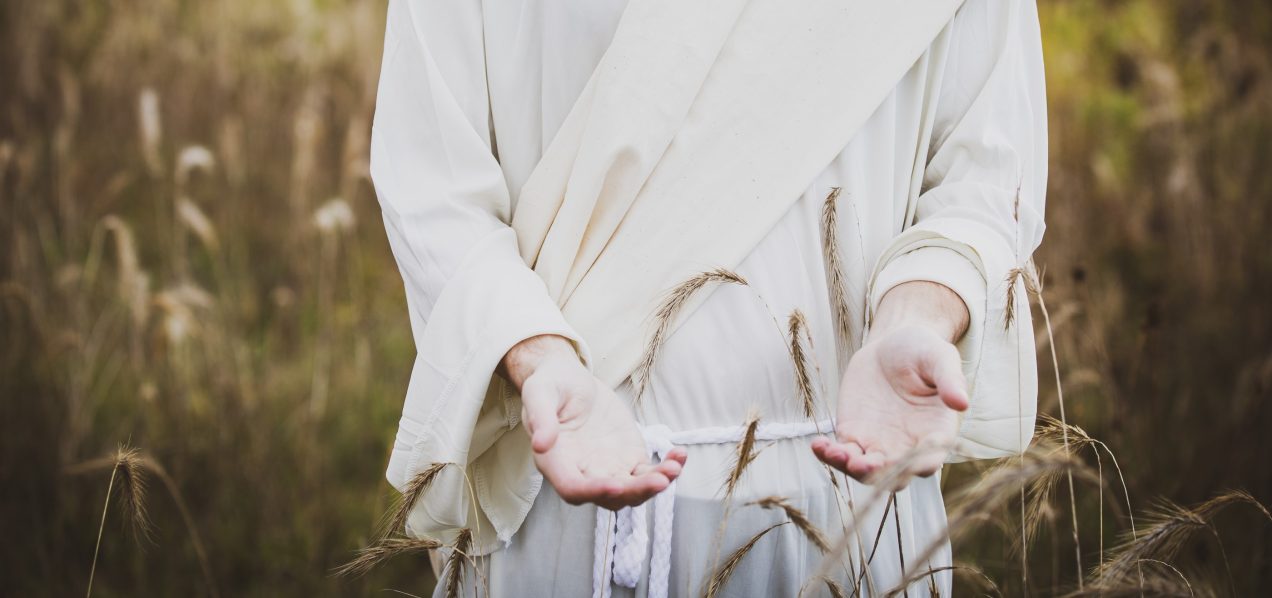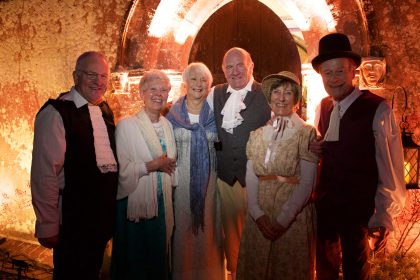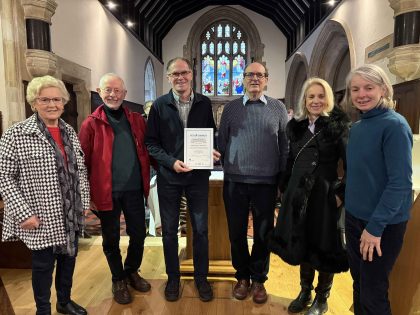Gary Philbrick, Assistant Archdeacon, reflects on the ‘Hands throughout Holy Week’, for the Sixth Sunday of Lent. He particularly encourages us to reflect on the disciples’ Hands of Love, preparing Jesus for burial, over the coming days…
Text below:
In preparing a series of Thoughts for the Day for the Cathedral in Holy Week, I’ve been struck by the sheer physicality of the last seven days leading to Jesus’ Death and Resurrection, and especially by the ways in which the Hands of those around Jesus are used for healing and for hurt, for good and for ill.
Think of the Hands of Praise on Palm Sunday, as Jesus entered Jerusalem. The Disciples threw their cloaks on the donkey [Mk 11:7]; the crowds spread their cloaks, and spread leafy branches on the road [Mk 11:8], which they’d cut or ripped from the trees; and it’s difficult to believe that when they were shouting, ‘Hosanna! Blessed is the one who comes in the name of the Lord’, that they weren’t waving their hands at the same time. Even the name of the Palm Branches [Jn 12:13] makes a connection – the Latin word for the palm of the hand, palma, is the same as that for the palm tree – because its branches look like a spread hand.
And then the Hands of Outrage, as Jesus enters the Temple and uses his hands to overturn ‘The tables of the money-changers and the seats of those who sold pigeons’ [Mk 11:15], shouting, ‘My house shall be called a house of prayer for all the nations, but you have made it a den of robbers’ [Mk 11:17, cf, Is. 56:7 & Jer. 7:11].
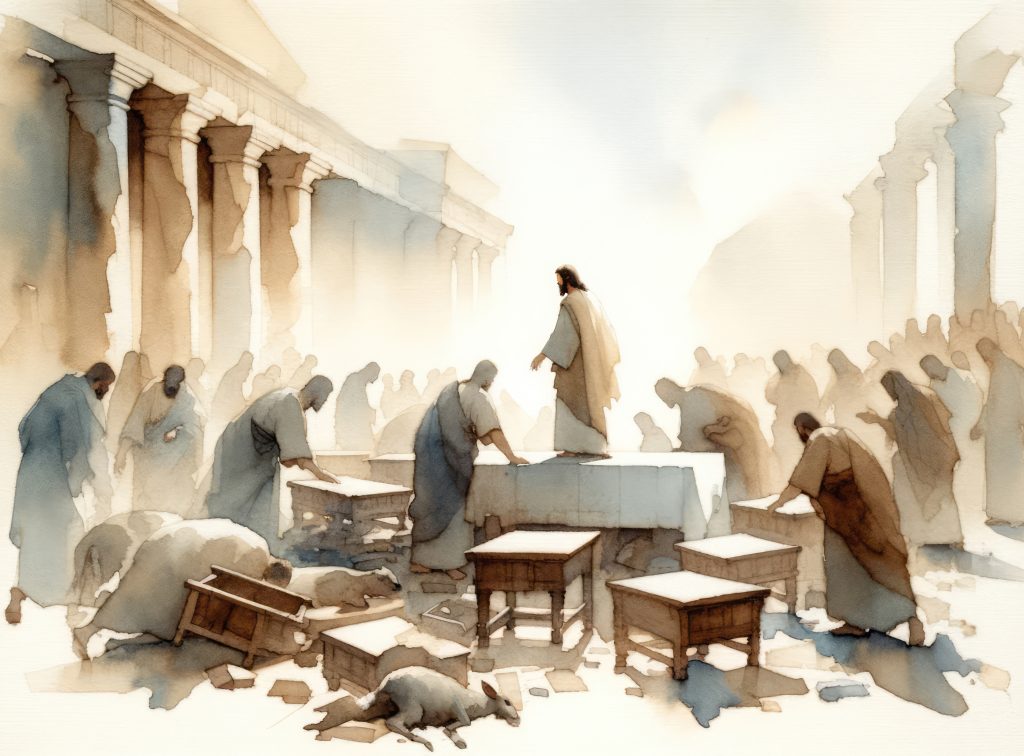
On the Wednesday of Holy Week, we read of the Hands for Anointing, when Jesus was at supper in the House of Simon the Leper, and a woman came in who anointed Jesus’ feet with a very expensive ointment and wiped them with her hair [Cf. Matt. 26:6-9, Mk 14:3-5, Lk. 7:36-39, & Jn 12:1-6]. What a beautiful act of love, to use her hands in this way, which Jesus interpreted as preparation for his burial.
And it’s usually thought as being that same day for the Hands of Betrayal, as Judas Iscariot, for whatever reasons – the Gospels don’t say anything about his motives – for whatever reasons, Judas agrees to betray Jesus into the hands of the Chief Priests, and receives into his hands the price of the betrayal, the ‘Thirty pieces of silver’ [Matt. 26:14-16 & parallels].
As the week moves on, and the darkness of grief and sorrow descends, on the first Day of Unleavened Bread, Maundy Thursday, the Disciples are sent to use their Hands of Preparation, lovingly preparing the Upper Room where they will celebrate with Jesus a Passover Meal unlike any other [Matt. 26:17-20 & parallels].
Once Jesus and the Disciples gather there, before the Meal, in St John’s Gospel, Jesus washes the feet of the Disciples, washing them with the Hands of Service, demonstrating his way of loving service, and showing them the path of loving service with which they are to lead the Church after his Death, Resurrection, Ascension and Sending of the Holy Spirit.
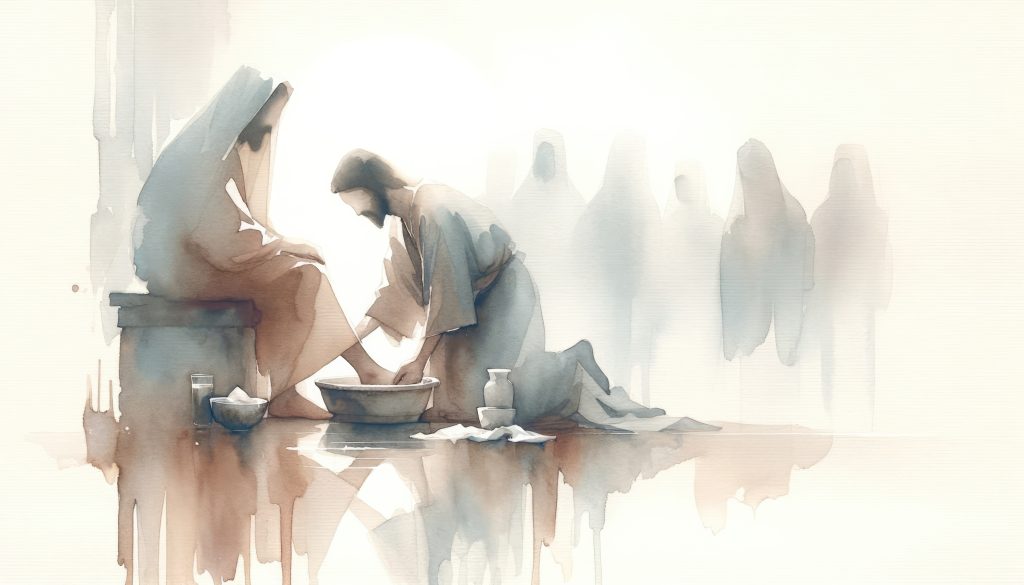
He then, with the Hands of Blessing, breaks the bread, shares the wine, in remembrance of himself, commanding the disciples to do this, and giving them and the whole Church this Memorial of his Sacrifice, this foretaste of the Kingdom of God, the hope of life and love for this world and for the next.
In the darkness of the Garden of Gethsemane, Jesus is betrayed with a kiss into the Hands of Hate, to those who arrest him, mistreat him, strike him, beat him, bear false witness against him, unjustly condemn him, and finally lead him out to the Cross, to which they will nail him and crucify him.
But not before Pontius Pilate washed his Hands of Cowardice, fully knowing that Jesus was innocent, having found no crime in him deserving death [Lk. 23:22], but not being strong enough or bold enough to stand up against the crowd, or fearing for the consequences to him and his position, falsely declaring his own innocency in this matter, and allowed Jesus to be taken to his death.
And lastly, at the end of Good Friday, the Hands of Love, as his Disciples and those others around him, lovingly took his dead body down from the Cross, and carefully prepared it for burial in the stone tomb.
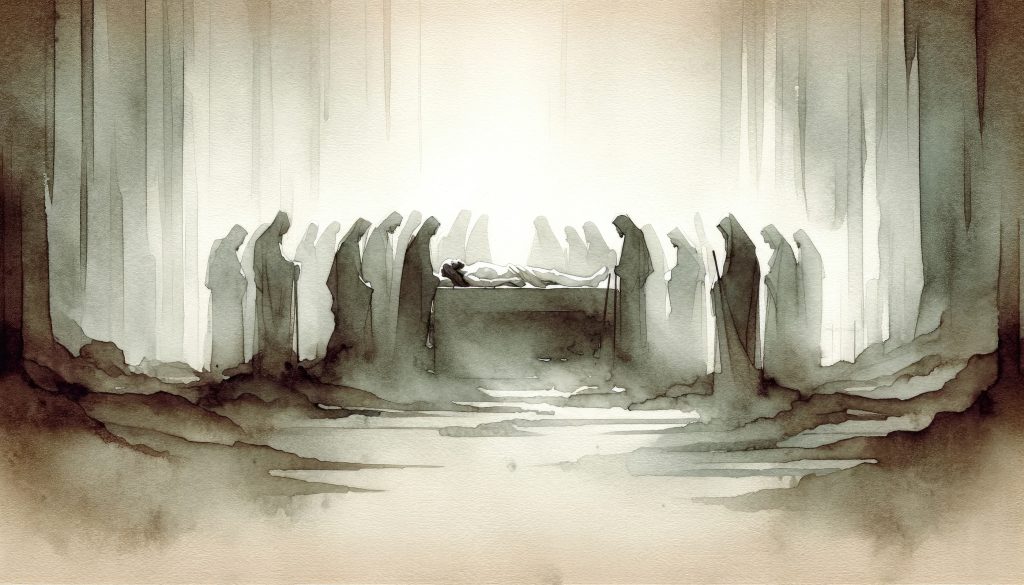
The sculpture in front of which I am sitting in the Lady Chapel at the East End of the Cathedral, is the wonderful Pietà, by Peter Eugene Ball, showing the Virgin Mary holding the lifeless body of her dead son in her hands, after his Deposition, his being taken down from the Cross.
There are many, many opportunities to reflect on this story over the coming days, in our local Churches, online, in the Cathedral or via the live-stream, and I hope you will be able to take some time during Holy Week to walk through the darkness of these days, as you prepare for the Light of the new dawn of Easter Day – and I could say a good deal about the use of hands on that day, too.
And as you find opportunities for reflection, in whatever ways are most helpful and possible for you, I hope you will be able to reflect on the hands of all of those who are part of the narrative of the events of Holy Week, and, most importantly, to consider your own hands, and the ways in which you use them healing and for hurt, for good and for ill. What is your place in the ongoing story of the life of Christ, and the journey of faith on which you are? As you commemorate Holy Week and celebrate Easter, what might God be saying to you about his call on your life for the weeks, months and years ahead? May God bless you richly in these coming days.
A Prayer:
Lord Jesus, your words are now twisted against you,
your hands are now pierced with nails,
and yet your words bring life,
your touch brings healing.
When we are challenged,
help us not to lash out in our anger.
When we are hurting,
give us grace to echo your words of forgiveness.
May your wounds bring healing to our broken world. Amen.
Gary will be reflecting further on Healing Hands in a series of Thoughts for the Day from the Monday to Saturday of Holy Week, 25th-30th March, at 7.50 each morning at Winchester Cathedral, or available as videos or text from the Cathedral website.

